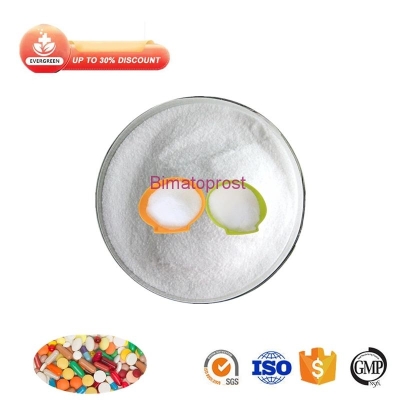JCEM: plasma homocysteine and cardiovascular organ damage
-
Last Update: 2020-06-25
-
Source: Internet
-
Author: User
Search more information of high quality chemicals, good prices and reliable suppliers, visit
www.echemi.com
It is not clear whether plasma homocysteine (Hcy) has a direct harmful effect on the cardiovascular (CV) system, or whether its association with cardiovascular events (CVE) is mediated by identified risk factorsIn a recent study published in the Journal of Endocrine and Metabolic Diseases, the journal of The Clinical Endonology and Metabolism assessed the cross-sectional relationship between plasma Hcy and CV organ damage indicators and the association between these indicators and CVE historyresearchers measured the mid-thummy thickness of the endothelial membrane, the ankle arm index (ABI), the reactive congestion index, the pulse wave velocity of the cervical strands (cfPWV), the left ventricle (LV) and the heart index in 269 patients with diabetes, blood lipid abnormalities, and hypertension132 patients had cervical artery plaque, 31 patients ABI 0.90, 126 patients with endothelial dysfunction, 66 patients with increased cfPWV, 125 patients LV hypertrophy (LVH), 153 patients with reduced heart index and 115 patients with CVE historyAfter correcting covariates and creatinine, plasma Hcy levels were associated with LV quality and ABILvH (8.5(4.4) vs 7.6 s.2.8?mol/L; corrected P-0.001) and ABI 0.9 (10.4?3.8) vs 7.9 s.3.4?mol/L; and corrected P-0.001) patients with significantly higher Hcy levelsIn patients with associated and not associated with cervical artery plaque, increased arterial stiffness, and impaired endothelial and LV pump function, The level of Hcy was comparableOf the signs of CV organ damage, only LVH was associated with a history of CVE, the study showed an independent association between Hcy and LV mass and the history of LVH and CVE, and suggested that LVH may be one of the pathophysiological links between Hcy and CV risk
This article is an English version of an article which is originally in the Chinese language on echemi.com and is provided for information purposes only.
This website makes no representation or warranty of any kind, either expressed or implied, as to the accuracy, completeness ownership or reliability of
the article or any translations thereof. If you have any concerns or complaints relating to the article, please send an email, providing a detailed
description of the concern or complaint, to
service@echemi.com. A staff member will contact you within 5 working days. Once verified, infringing content
will be removed immediately.







